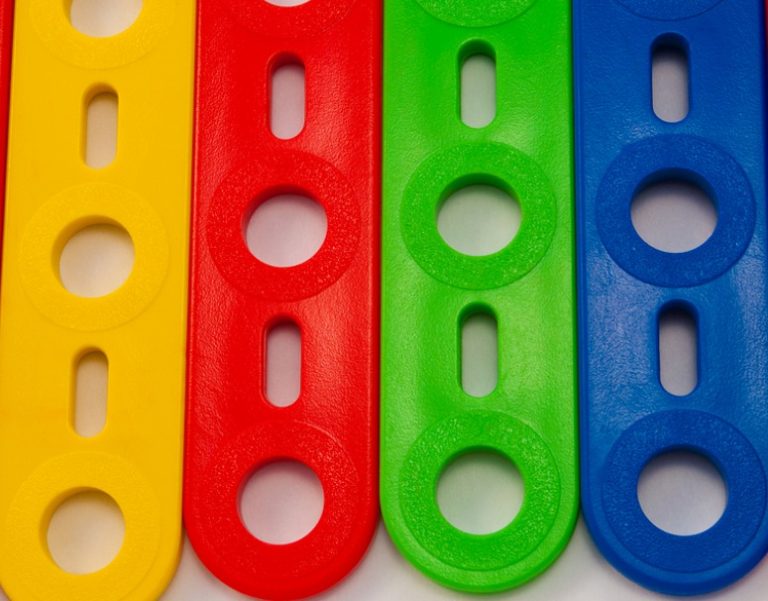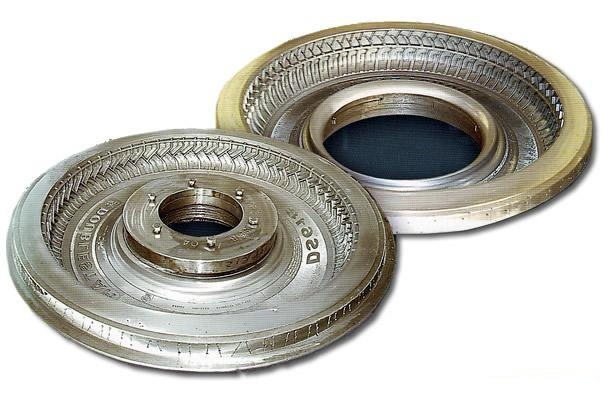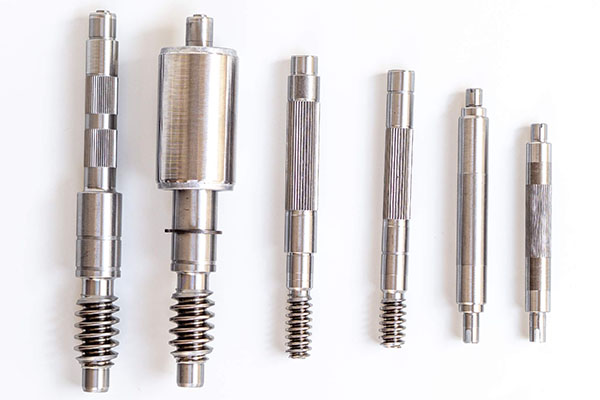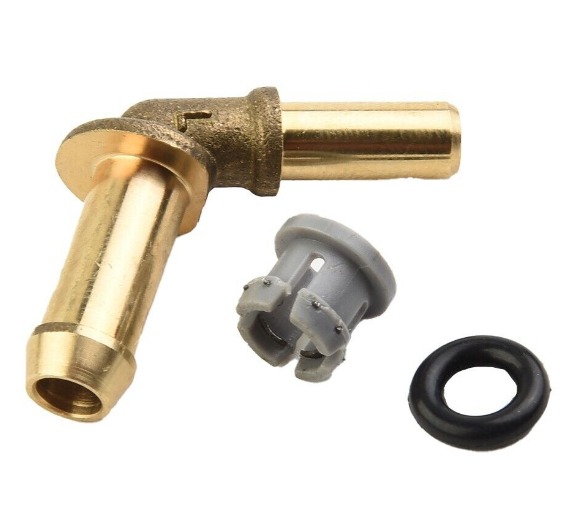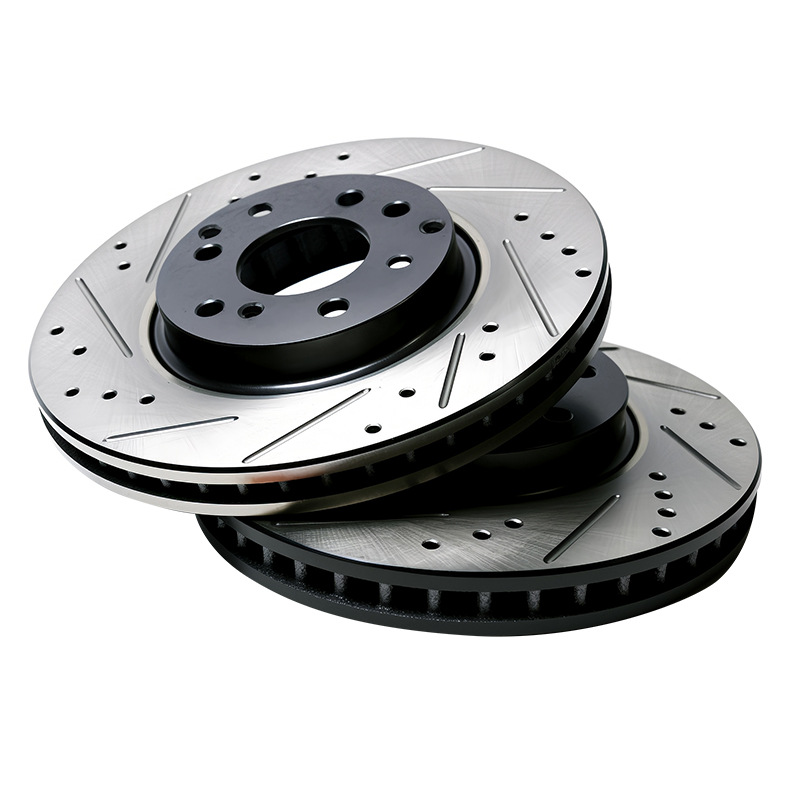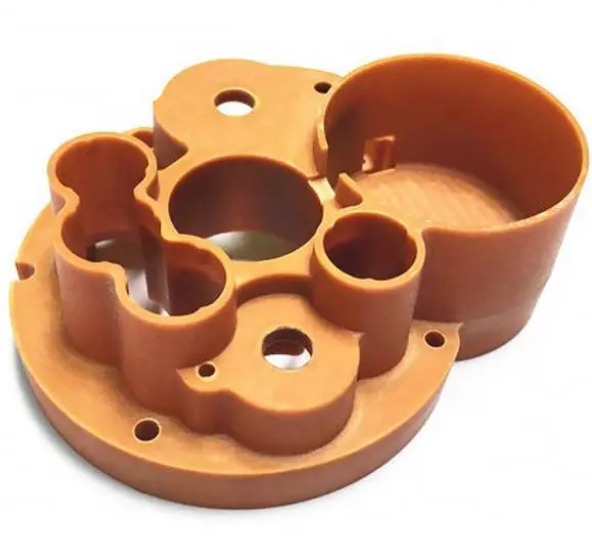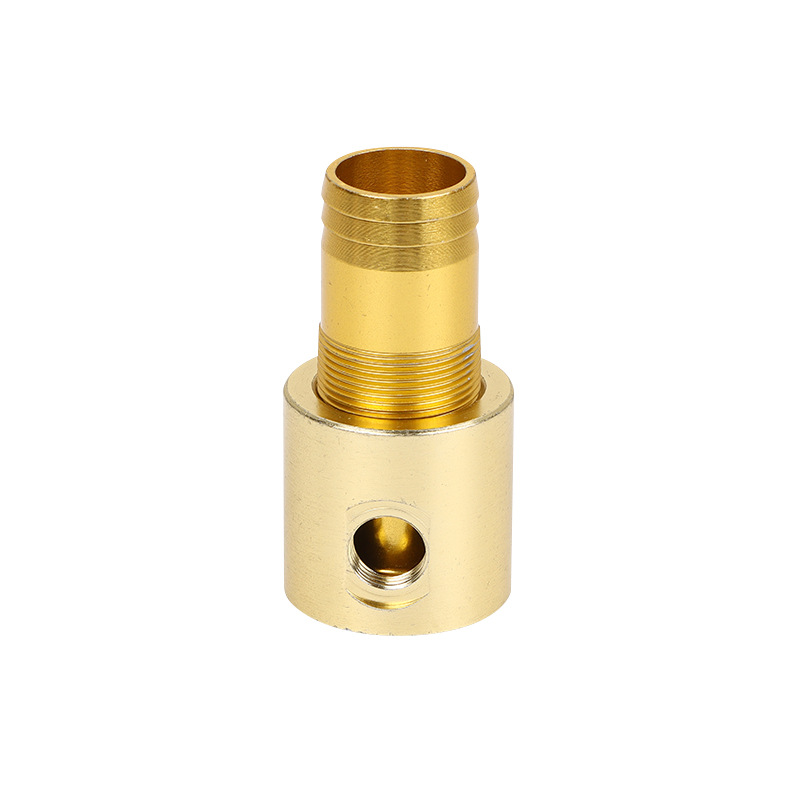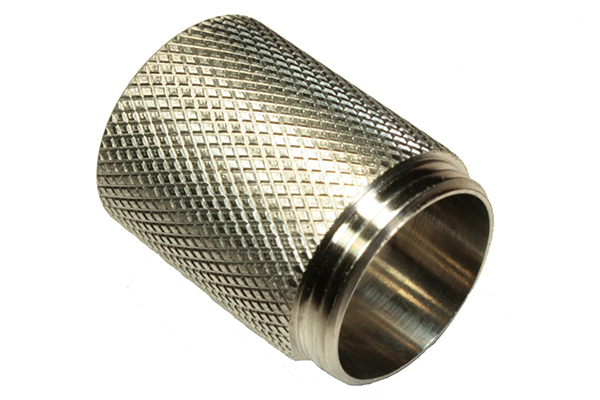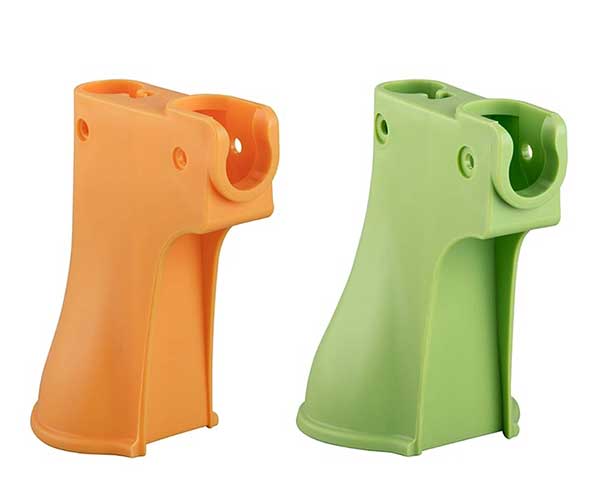Designers and manufacturers often face a tricky challenge: creating products that are both visually striking and built to last. A consumer electronics device might look sleek at launch but fade after a few months of use. A architectural panel could corrode in harsh weather, ruining its color. Or a piece of jewelry might scratch easily, losing its luster. What’s needed is a surface treatment that offers vibrant, customizable colors and robust protection against wear and corrosion. This is where surface treatment color anodizing shines. By combining the protective benefits of anodizing with versatile coloring options, it delivers both form and function—solving these common pain points effectively. In this guide, we’ll explore how color anodizing works, its key properties, applications, and how to leverage it for products that look great and stand the test of time.
Introduction to Color Anodizing
Color anodizing is a specialized process that enhances aluminum’s natural oxide layer with vibrant, long-lasting colors, blending aesthetics with performance:
- Definition: Color anodizing is an electrochemical process that first creates a porous aluminum oxide layer (via standard anodizing) and then infiltrates that layer with dyes or pigments, locking in color while maintaining the oxide’s protective properties. The color becomes an integral part of the surface, not just a coating.
- Historical background: While basic anodizing dates back to the early 1900s, color anodizing gained popularity in the 1960s as advancements in dye chemistry allowed for more stable, fade-resistant colors. Initially used in aerospace for part identification, it quickly expanded to consumer goods, architecture, and jewelry as demand for colorful, durable finishes grew.
- Basic principles: The process has two key stages: first, anodizing creates a porous oxide layer (1-25 μm) on aluminum using a sulfuric acid electrolyte and electric current. Second, the porous layer absorbs organic or inorganic dyes, which are then locked in via sealing (heating or chemical treatment) to prevent fading or leaching.
- Industrial significance: Color anodizing is used in 40% of consumer electronics casings, 30% of architectural aluminum components, and 60% of aluminum jewelry—valued for its ability to combine color customization with corrosion resistance. It eliminates the need for painting, reducing environmental impact and improving durability.
- Environmental considerations: Unlike paint or plating, color anodizing uses minimal volatile organic compounds (VOCs). Dyes are often water-based, and modern facilities recycle electrolytes and treat wastewater to remove heavy metals. It complies with regulations like REACH and RoHS, making it a sustainable choice.
- Comparison with other surface treatments: Color anodizing outperforms alternatives in key areas:
| Feature | Color Anodizing | Paint | Electroplating |
| Color Durability | 5-10 years (UV resistant) | 2-3 years (prone to chipping) | 3-5 years (may tarnish) |
| Corrosion Resistance | Excellent (sealed oxide) | Good (prone to peeling) | Good (varies by metal) |
| Cost (Long-Term) | Moderate (low maintenance) | Low (high reapplication cost) | High (expensive materials) |
| Environmental Impact | Low (recyclable, low VOCs) | High (VOCs, hazardous waste) | High (heavy metals) |
Process of Color Anodizing
The process of color anodizing involves precise steps to ensure vibrant, long-lasting color:
- Pre-treatment processes: Thorough cleaning is critical. Parts undergo degreasing (alkaline cleaners to remove oils), etching (mildly, to create a uniform surface), and desmutting (nitric acid to remove alloy residues). This ensures the oxide layer forms evenly, allowing consistent dye absorption.
- Electrolyte composition: A 10-20% sulfuric acid solution is standard, though some processes use oxalic acid for specific alloys. The electrolyte’s purity (low chloride, <50 ppm) prevents pitting, which can cause uneven coloring.
- Anodizing tanks: Made of PVC or polypropylene (acid-resistant), tanks are sized to fully submerge parts. They include agitation systems to ensure uniform electrolyte distribution, critical for consistent oxide thickness.
- Power supplies: DC rectifiers deliver 12-20V at 1-2 A/dm², with process time varying by thickness (10-30 minutes for 5-15 μm layers—ideal for dyeing, as thicker layers can appear darker).
- Temperature control: Electrolyte is kept at 15-25°C. Higher temperatures (20-25°C) increase porosity, improving dye absorption, while lower temperatures (15-20°C) produce denser layers for better wear resistance.
- Dyeing process: After anodizing, parts are rinsed and immersed in dye solutions (organic dyes for bright colors, inorganic pigments for heat resistance). Dyeing time (1-15 minutes) controls intensity—longer immersion creates deeper hues. Popular dyes include acid blues (for teal), azo reds, and carbon blacks.
- Post-treatment processes: Dyed parts are rinsed to remove excess dye, then sealed to lock in color. Sealing methods include hot water (80-100°C) or nickel acetate solutions, which close the oxide’s pores. This step is critical for colorfastness, preventing fading from UV exposure or abrasion.
- Safety protocols: Workers use acid-resistant gloves, goggles, and aprons when handling electrolytes. Dyes may require respiratory protection (some organic dyes are volatile), and ventilation systems remove acid fumes.
Properties of Color Anodized Surfaces
The properties of color anodized surfaces make them ideal for both aesthetics and performance:
- Aesthetic appeal: Color anodizing offers over 100 standard hues, from bright reds to deep blacks, with custom matching available (ΔE <1 for brand consistency). Finishes range from matte to glossy, allowing designers full creative control.
- Colorfastness: Sealed color anodized surfaces resist fading, withstanding 1000+ hours of UV exposure (ASTM G154) without significant dulling. This outperforms painted surfaces, which may fade in 500 hours.
- Corrosion resistance: The sealed oxide layer provides excellent protection, with parts passing 500+ hours of salt spray testing (ASTM B117). This makes them suitable for outdoor applications like architectural panels.
- Wear resistance: The oxide layer (5-15 μm) has a hardness of 150-300 HV, resisting scratches from daily use. While softer than hard anodizing, it’s far more durable than paint, which can chip or peel.
- Dimensional accuracy: Thickness is controlled to ±5%, with 5-15 μm layers adding minimal bulk—critical for assemblies like electronics casings or jewelry.
- Adhesion: The oxide layer is chemically bonded to aluminum, with adhesion strengths >40 MPa. Unlike paint, it won’t peel, even under bending or impact.
- Porosity: The oxide’s porous structure (0.01-0.1 μm pores) allows for deep dye penetration, ensuring color remains vibrant even with minor surface wear.
Applications of Color Anodizing
Color anodizing is widely used in industries where aesthetics and durability matter:
- Consumer electronics: Smartphones, laptops, and wearables use color anodizing for brand-specific hues (e.g., Samsung’s Phantom Violet, Apple’s Product Red). The finish resists fingerprints and scratches, maintaining a premium look.
- Automotive: Decorative trim, wheel accents, and interior parts (e.g., door handles) use color anodizing for scratch-resistant, fade-proof color. It complements car paint without the risk of chipping.
- Architectural components: Building facades, window frames, and handrails use color anodizing for UV-resistant, weatherproof color. Popular in modern design, it comes in earth tones (bronze, gray) and bold hues (blue, green) for statement buildings.
- Jewelry: Aluminum and titanium jewelry uses color anodizing for vibrant, hypoallergenic finishes. It’s often used in minimalist designs, with colors ranging from pastels to metallic shades.
- Household appliances: Refrigerators, ovens, and small appliances use color anodizing for decorative panels that resist heat, moisture, and cleaning chemicals. It maintains color even with daily use.
- Sporting goods: Bike frames, golf clubs, and fitness equipment use color anodizing for brand colors that withstand sweat, UV exposure, and impact. It’s lighter than painted alternatives, improving performance.
Equipment and Materials for Color Anodizing
Specialized equipment and materials ensure consistent, high-quality color anodizing:
- Anodizing tanks: PVC or polypropylene tanks with heating/cooling jackets to maintain 15-25°C. They include overflow systems for rinsing and separate tanks for pre-treatment, anodizing, dyeing, and sealing.
- Electrolyte solutions: 10-20% sulfuric acid in deionized water, filtered to remove impurities. Some processes add organic additives to enhance porosity and dye absorption.
- Power supplies: DC rectifiers with digital controls to maintain precise voltage (12-20V) and current density, ensuring uniform oxide thickness—critical for consistent coloring.
- Dyeing equipment: Stainless steel or plastic tanks (to avoid dye contamination) with temperature control (40-60°C for optimal dye absorption). Agitation systems prevent dye settling, ensuring even color.
- Sealing equipment: Hot water baths or nickel acetate tanks with temperature control (80-100°C). Timers ensure parts are sealed long enough (10-20 minutes) to lock in color without over-softening the oxide.
- Temperature control: Chillers and heaters maintain electrolyte and dye bath temperatures within ±1°C, preventing color variations caused by temperature fluctuations.
- Safety equipment: Acid-resistant PPE, fume hoods for dyeing, and emergency eyewash stations. Dye waste is treated separately to remove pigments before disposal.
Quality Control and Maintenance in Color Anodizing
Rigorous quality control and maintenance ensure color anodizing meets aesthetic and performance standards:
- Equipment maintenance: Tanks are cleaned weekly to remove dye residues and sludge. Power supplies are calibrated monthly to ensure accurate voltage, preventing uneven oxide formation.
- Solution maintenance: Electrolyte concentration is tested daily (10-20% sulfuric acid). Dye baths are filtered daily and replaced when color intensity drops, ensuring consistent hue.
- Surface inspection: Visual checks verify uniform color (no streaks or spots). Color meters (spectrophotometers) measure ΔE values to ensure batches match (ΔE <2 for consumer products).
- Color consistency: Samples from each batch are compared to a master standard under controlled lighting (D65 daylight). This prevents color shifts between production runs.
- Thickness measurement: Eddy current gauges (ASTM B244) verify oxide thickness (5-15 μm), ensuring proper dye absorption and durability.
- Colorfastness testing: Samples undergo UV exposure (ASTM G154) and abrasion testing (ASTM D4060) to ensure color resists fading and wear. Pass/fail criteria vary by industry (e.g., <5% fade for electronics).
- Quality standards: Compliance with ISO 7599 (anodizing) and ASTM B580 (color anodizing) ensures consistency. Automotive clients often require additional checks per IATF 16949.
Yigu Technology’s Perspective
As a leading custom manufacturing supplier in China, Yigu Technology specializes in color anodizing for consumer electronics, automotive, and architectural clients. Our process achieves precise color matching (ΔE <1) with 5-15 μm oxide layers, ensuring vibrant, durable finishes. We use high-purity sulfuric acid electrolytes and eco-friendly dyes, with strict quality control via spectrophotometry and UV testing. Our sealed layers pass 1000+ hours of salt spray and UV exposure, meeting global standards. By optimizing dyeing and sealing parameters, we balance color intensity with longevity. Color anodizing’s ability to merge aesthetics and performance makes it a top choice, and we tailor processes to each client’s unique color and durability needs—delivering products that stand out and stand the test of time.
FAQs
- Can color anodizing be done on metals other than aluminum?
Yes—titanium and magnesium can be color anodized, with titanium offering unique iridescent hues from oxide thickness variations. However, aluminum is most common due to its ideal oxide structure for dye absorption.
- How do I choose between organic and inorganic dyes for color anodizing?
Organic dyes offer brighter, more varied colors but may fade at high temperatures (>150°C). Inorganic pigments (e.g., iron oxide) are heat-resistant and UV-stable, making them better for outdoor or high-heat applications like automotive parts.
- How long does color anodizing last in outdoor environments?
Sealed color anodizing lasts 5-10 years outdoors, with minimal fading. Earth tones (bronze, gray) often last longer than bright colors, as they contain more UV-stable pigments. Regular cleaning (avoiding abrasive chemicals) extends lifespan.
